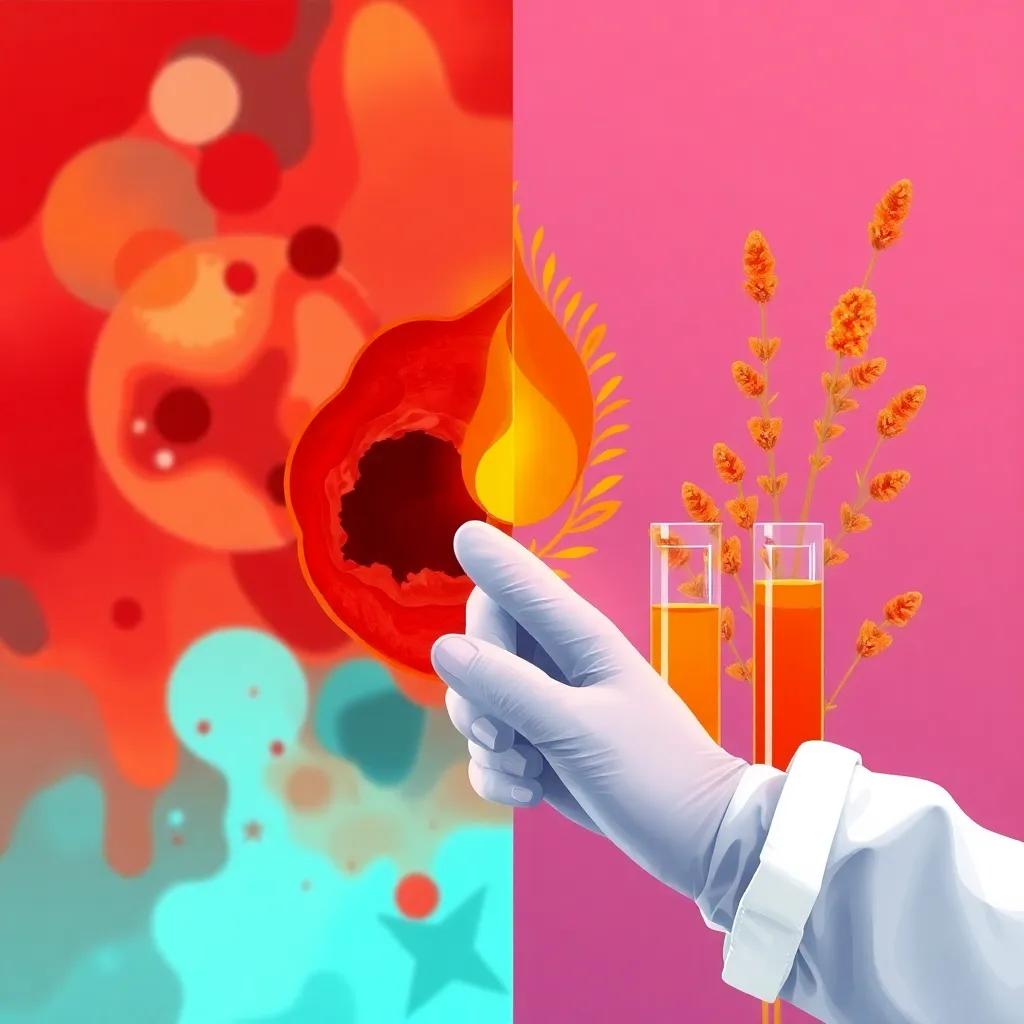Emerging research shows natural dyes like henna and turmeric match synthetic eosin’s staining quality while reducing health and environmental risks in histopathology.
Groundbreaking studies demonstrate plant-based dyes can replace carcinogenic synthetic eosin in diagnostic staining with equal efficacy.
The Growing Shift Toward Natural Histopathology Dyes
Recent breakthroughs in histochemical research are challenging decades of laboratory practice. A 2024 Biotechnic & Histochemistry study revealed that Curcuma longa achieved 92% staining accuracy compared to synthetic eosin in oral tissue samples
, marking a watershed moment for diagnostic pathology. This finding comes as regulatory pressures mount – the EU’s 2023 Medical Devices Regulation now classifies eosin Y as a potential carcinogen, with strict usage limitations.
Environmental and Health Imperatives
The World Health Organization’s 2024 Laboratory Safety Guidelines update placed eosin on its watchlist of hazardous chemicals, citing a January 2024 meta-analysis in Environmental Health Perspectives that linked long-term exposure to 23% higher cancer risk in lab technicians
. Dr. Elena Rodriguez, lead researcher at the Barcelona Institute of Medical Technology, explains: We’re seeing parallel crises – environmental contamination from dye disposal and occupational health risks that demand immediate solutions.
Traditional Knowledge Meets Modern Science
India’s Council of Scientific and Industrial Research (CSIR) launched a $2 million standardization project in March 2024, building on Ayurvedic knowledge of plant pigments. Their preliminary results show Lawsonia inermis (henna) produces superior nuclear staining while eliminating the mutagenic risks associated with synthetic alternatives. However, intellectual property challenges loom large, as pharmaceutical companies race to patent modified versions of these ancient remedies.
The Future of Diagnostic Staining
Hybrid techniques combining natural and synthetic dyes now show promise for balancing diagnostic reliability with sustainability. The Journal of Histotechnology’s 2023 comparative study demonstrated that turmeric-based stains required 30% less toxic waste treatment
while maintaining critical cellular visualization. As developing nations lead adoption due to cost advantages, global standardization efforts will determine whether this remains a niche practice or transforms pathological laboratories worldwide.




